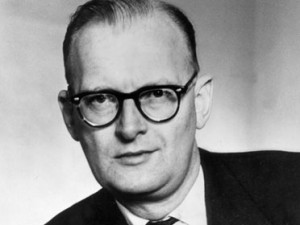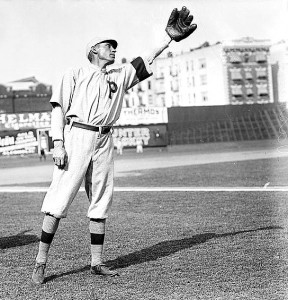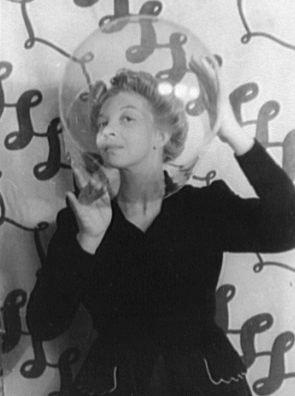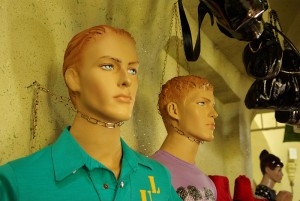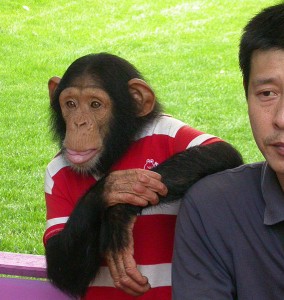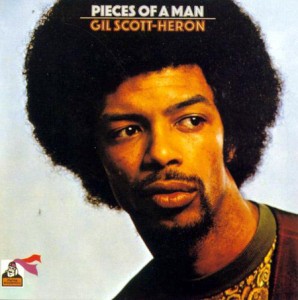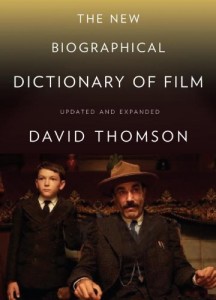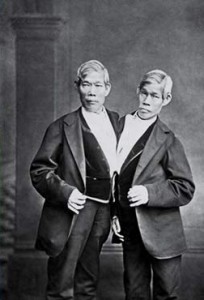
"The features of Chang were partially discolored, those of Eng being quite natural."
The famous 19th-century Siamese twins Chang and Eng, conjoined brothers who were actually born in Siam, passed away in North Carolina at the age of 63 in 1874. The siblings were sideshow and medical curiosities during their lives, so it’s no surprise that they attracted much interest at the time of their death. An article in the February 6, 1874 Brooklyn Daily Eagle reported on the post-mortem. An excerpt:
“On Sunday the Scientific Medical Commission, consisting of Dr. William H. Pancosat, of Jefferson Medical College, Dr. Harrison Allen, of the University of Pennsylvania, and Dr. T.H. Andrews, also of Jefferson Medical College, arrived at the residence of Mrs. Eng, one of the widows of the Siamese twins. A consultation took place between the medical gentlemen and both the widows, the former setting forth the object of their visit and urged the importance to science of an examination of the bodies.
After a brief discussion, during which both the ladies evinced considerable feeling, they consented to the propositions of the commission, on the condition and with the distinct understanding that the bodies should not be injuriously mutilated. This the commission agreed to in a few moments. Afterward they descended to the cellar where the bodies were interred. This was found to be a dark but somewhat spacious apartment, the floor of which was naked earth, the soil of the substrata of rock being of a porous and mouldy nature. Accompanying the commission was a tinner, to open the case in which the bodies had been placed. The scene was now quite a weird and solemn one. The temporary sepulchre was reached by a northwestern door from another basement apartment, and when the commission descended the crowd of neighbors thronged in and stood silently around the improvised tomb of the twins. The darkness being intense, pine wood knots were then lighted in one corner, the flickering glare of which cast ghostly shadows of the spectators athwart the wooden ceiling and along the roughly built granite walls of the room.
The tomb was then opened. There was a cadaveric odor from the coffin. A white gauze muslin covering being drawn off, the faces of the dead twins were exposed. The features of Chang were partially discolored, those of Eng being quite natural.
 The members of the commission, assisted by those present, then disrobed the bodies, and a partial examination was made, no operation being performed, and the result of this was followed by a medical consultation. From what could be learned it was found the bodies, though well preserved so far, would in a few days be in a state of decomposition, and that the surgical operation, if performed now, might endanger the ultimate preservation of the now defunct natural curiosity, a consequence which both the commission and the families were anxious to avoid. It was further decided that the facilities for an autopsy were so meagre and insufficient that it would not be wise to attempt it on the present occasion, and that beside the present examination and efforts to obtain good photographic views of the ligament and the bodies, the operations of the commission would be limited to a partial embalmment to insure the preservation of the bodies. A number fo efforts to obtain photographic views were then made, resulting successfully in one instance only. After which the partial embalmment was performed, and the bodies were once more covered in the coffin. The widows then consented to have the bodies removed to the College of Physicians at Philadelphia.
The members of the commission, assisted by those present, then disrobed the bodies, and a partial examination was made, no operation being performed, and the result of this was followed by a medical consultation. From what could be learned it was found the bodies, though well preserved so far, would in a few days be in a state of decomposition, and that the surgical operation, if performed now, might endanger the ultimate preservation of the now defunct natural curiosity, a consequence which both the commission and the families were anxious to avoid. It was further decided that the facilities for an autopsy were so meagre and insufficient that it would not be wise to attempt it on the present occasion, and that beside the present examination and efforts to obtain good photographic views of the ligament and the bodies, the operations of the commission would be limited to a partial embalmment to insure the preservation of the bodies. A number fo efforts to obtain photographic views were then made, resulting successfully in one instance only. After which the partial embalmment was performed, and the bodies were once more covered in the coffin. The widows then consented to have the bodies removed to the College of Physicians at Philadelphia.
The commission returned to Mount Airy late Sunday evening. On Monday they left for Salem, in Forsyth County, in a carriage, the wagon containing the coffin following, and behind two buggies with the photographers, making for quite a funeral procession, which attracted the attention of the people all along the route. On Tuesday afternoon the cortege reached Salem, where the bodies were shipped to Greensboro, the commission accompanying them. They arrived at that point this morning and left for Philadelphia this afternoon, where they will arrive to-morrow at half past one o’clock.”


